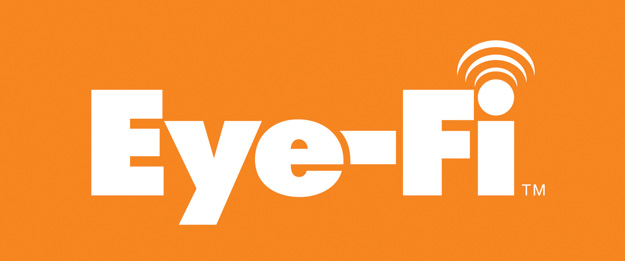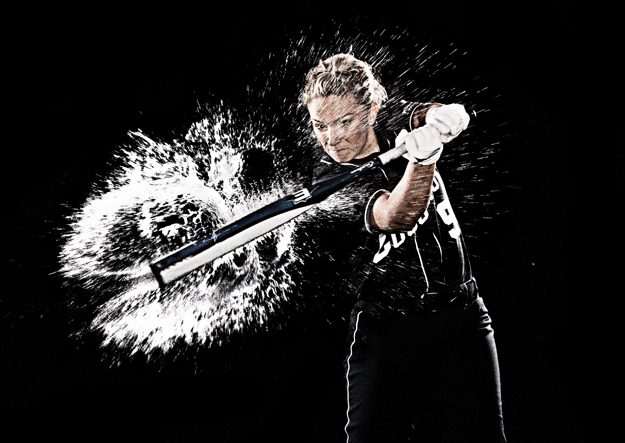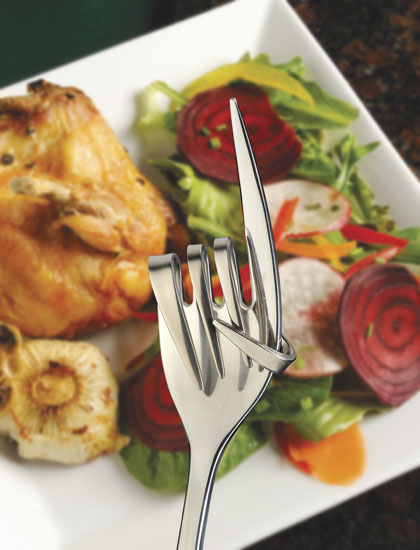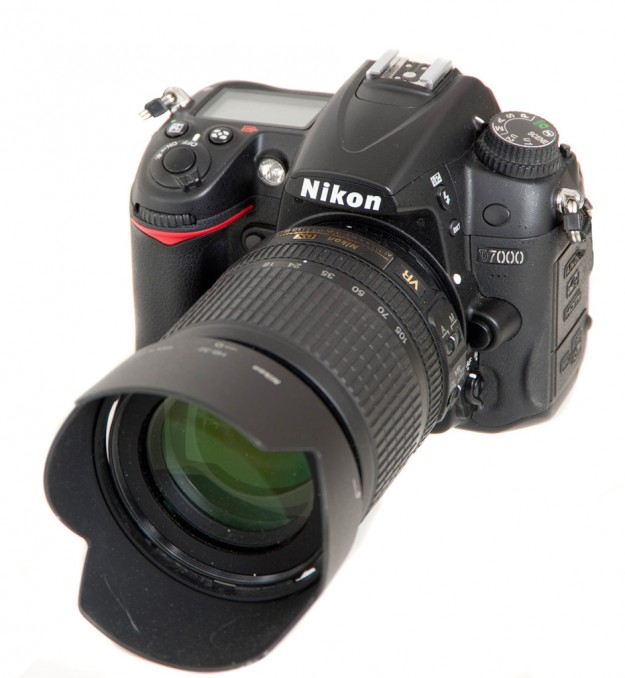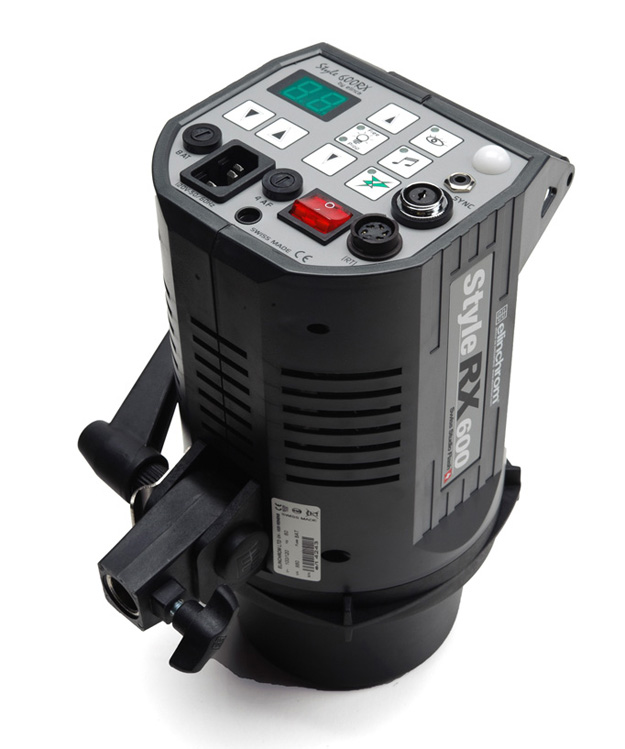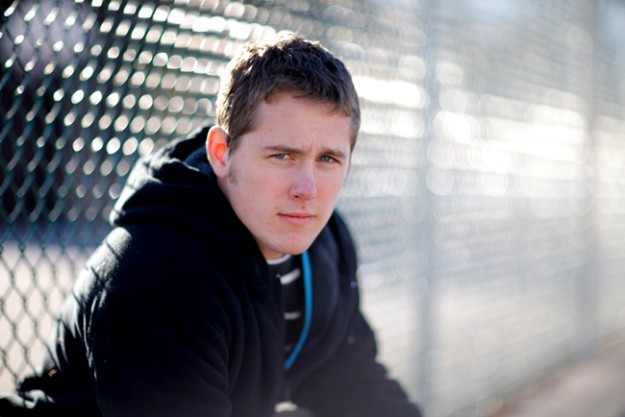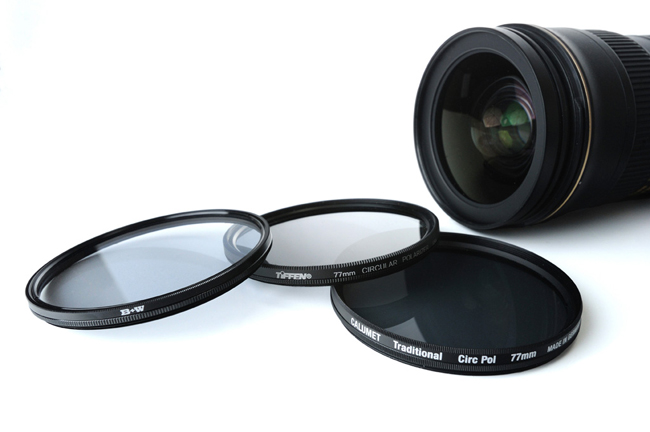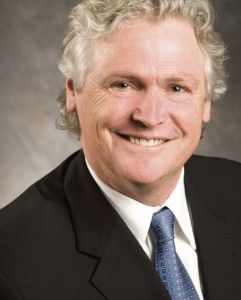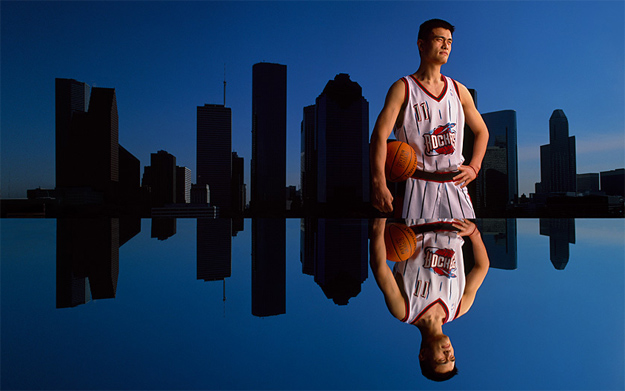
Houston Rockets center Yao Ming against the Houston skyline - Photo by Robert Seale
Robert Seale will be one of our featured speakers for the 50th Anniversary Symposium. Robert is based in Houston and specializes in editorial, corporate and advertising portraiture.
After majoring in both journalism and art, Seale began his photography career as a photojournalist, where he worked as a staffer at several major newspapers. He eventually landed at the Sporting News, where he spent nearly 11 years shooting Super Bowls and World Series games as well as cover portraits for the popular magazine.
His love of portrait work led him to a Houston-based freelance career specializing in shooting people for magazines, prestigious design firms, corporations and advertising agencies. Seale is known for his lighting skills and his unique ability to coax a variety of creative concepts from a single location in a limited timeframe.
During his workshop on Thursday morning, Robert will walk us through his creative process and demonstrate how he lights his portraits on location. That afternoon we will drive down to Bryce Canyon, where Robert will do a live portrait shoot in the canyon during sunset.
